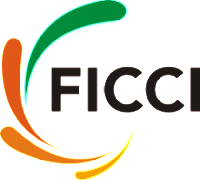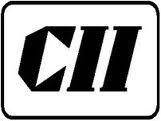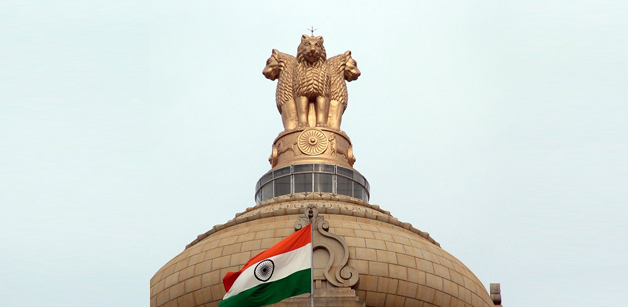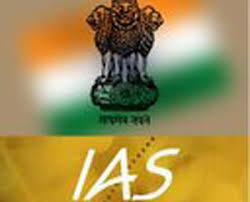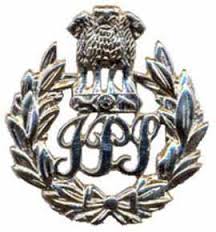Mr. Amitabh Mathur ,Director – Industrial Systems & Products, BHEL, mentioned that the leading power equipment manufacturers and designers has been suffering a great deal to execute some of its projects on account of two factors namely the Land Acquisition and the law & order problem especially in north, central and eastern region.
“A case for example is the super critical projects in Karanpur and Navi Nagar in which the work is progressing with piecemeal speed as the company has so far succeeded in acquiring land for it in a patched manner and finding it difficult to remove hutments in such locations on which even residential colonies have come up”, said Mr. Mathur.
Addressing a National Conference on “Electrical Power Equipment Diagnostic-Integrating IT in Power T&D Efficiency” under aegis of PHD Chamber of Commerce and Industry here today, Mr. Mathur pointed out that BHEL is engaged in the design, engineering, manufacturing, construction, testing, commissioning and servicing of a wide range of products, systems and services for the core sectors of the economy, namely power, transmission, industry, transportation, renewable energy, oil & gas and defence has been confronting with the aforesaid situation for quite some time on account of which its deliveries have been adversely effected.
Despite the government support and the help of the Union Power Ministry and other such organs, the company somehow was managing on these two fronts as it has been acquiring land in pieces and somehow making sure that the projects go on, pointed out Mr. Mathur adding that removing the hutments on project sites is a gigantic task.
Speaking on the occasion, Additional General Manager, NLDC, Power System Operation Corporation, Mr. P K Agarwal said that his corporation has begun to monitor grids operation with greater accuracy with the help of available IT tools with increased efficiency.
Providing the industry perspective on the occasion, Chairman, Energy Committee, PHD Chamber, Dr. Harish Ahuja felt that the government of the day has come out with several meaningful schemes to set right the financial mess arisen in various discoms with the UDAY schemes which in the opinion of the PHD Chamber would be a successful scheme as so far 15 states have agreed to go by the provisions of UDAY to make their electricity boards efficient and profitable in due course of time.
The conference was moderated by the Director, PHD Chamber, Dr. Ranjeet Mehta.
IndianBureaucracy.com wishes the all the departments of the Government work in tandem for project executions and its best wishes to BHEL .



